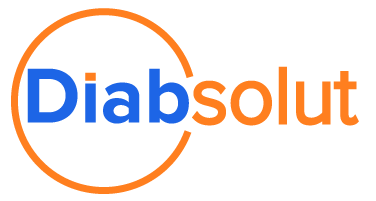3 Tips to Improve Your Strategy and ROI When Selecting SaaS Solutions
Author: Stephen Sugumar
 If you’re looking into solutions for your business, obviously ROI and benefits are top of mind as you review solution options.
If you’re looking into solutions for your business, obviously ROI and benefits are top of mind as you review solution options.
While a major portion of your ROI and benefits will come down to the implementation and integration of your SaaS (software as a service) solution into your existing business technologies, setting the right expectations and understanding what to consider when you begin your search will also impact your investment.
This blog, which covers a topic I’ve written about previously on LinkedIn, will offer tips to help improve your strategy when investing in SaaS solutions — walking you through 3 key considerations and how to set the right strategy accordingly.
Selecting The Right SaaS Solution
- Look at the size of your organization and where you are in the evolution of your business.
- Small to medium-sized businesses vs. commercial to enterprise-sized businesses will have vastly different needs in terms of solution functionality
- If you’re just starting out and need to get off the ground, one-size-fits all solutions offer basic functions for a lower cost — the trade-off is less flexibility and scalability
- Focus on swapping out your low-cost solutions as you grow; get advice on road mapping and where to invest to see the biggest impact
- If you’re more established, want to invest in growth, and want something more robust — personalized SaaS solutions, while more expensive upfront, will give you more leverage, information to work from, and can evolve with you in the long-term
- Consider your industry standpoint, what you offer, and how competitive you want to become.
- Accurate data makes targeted improvements easier, which factors into your ability to innovate, go “above and beyond,” and adapt
- Knowing industry standards and how you measure up helps determine how competitive your business is and provides a baseline for future development
- If you want your business to be more competitive look for solutions that move you away from solving yesterday’s problems and help forecast for the challenges ahead
- Alignment is important — the more the consultants, vendors, etc., you work with are aligned with your goals, the more efficiently and effectively you’ll be able to achieve those goals with your investment.
- This is vital if you want to ensure your solution will meet your organization’s needs beyond your immediate requirements
- Look for an implementation partner with a thorough understanding of your organization’s challenges, experience in your industry, end-to-end business and solution knowledge, and a healthy respect for value — they’ll make sure your investment goes further
- Look for vendors that are established, provide consistent updates, invest in both trends and areas that impact your industry’s pain points, and offer flexibility in terms of tools and configuration options
Next Steps
If you have any solution questions at all, feel free to reach out. Our team is happy to walk you through how various solutions can address use cases, pain points, goals, or anything else you need — to help find the right solution for your business. We also offer custom demos of Salesforce and Certinia solutions.
You can also keep on top of solution information and insights by following my Java with Sugar podcast page on LinkedIn. We’ve covered some great topics so far, including professional services automation solutions, pre-sales, and Salesforce Automotive Cloud.
Search
Trending Topics
- E18: Click FSE Migration to Salesforce Field Service – Java With Sugar Podcast
- E17: The Process of Migrating from a Product That Is Retiring – Java With Sugar Podcast
- E16: Decoding FSE’s End-of-Life and Common Migration Practices – Java With Sugar Podcast
- A Dual Approach to Efficiency in Field Service Management: Asset-Centric vs. Customer-Centric Models
- E15: Trends and Limitations in AI – Java With Sugar Podcast
- Enhancing Field Service Operations with SFS-X
- E14: Our Point of View and Insights on AI – Java With Sugar Podcast
- E13: What Is Artificial Intelligence and Why Is It Beneficial for You? – Java With Sugar Podcast
- AI Ethics: What Is It and Why Does It Matter?
- 3 Tips to Improve Your Strategy and ROI When Selecting SaaS Solutions
